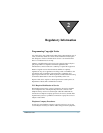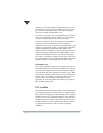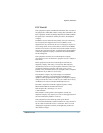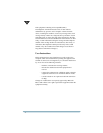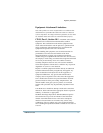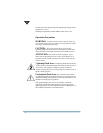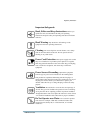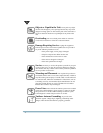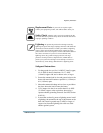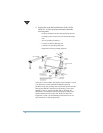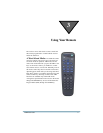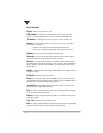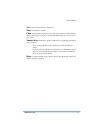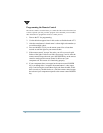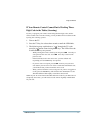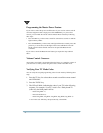
RegulatoryInformation
DSR470 User Guide 19
Replacement Parts. If your receiver requires repairs,
contact your equipment provider, who will be able to assist you.
Safety Check. After the unit is serviced or repaired, ask the
service technician to perform safety checks to find out if the unit is
in proper operating condition.
Lightning. To protect the product from damage caused by
lightning and power line surges, unplug it from the wall outlet and
disconnect it from the antenna or cable system before a lightning
storm or if the unit will be left unattended or unused for a long
period oftime.Once astorm passes, reconnectallantenna cablesto
the correct connectors. If you live in an area that has many
lightning storms, buy polarized surge protectors and surge
protectors for the power line, telephone line, and RF cable to
protect your system from damage. Never attempt to connect or
disconnect any wires during a thunderstorm or lightning storm.
Safeguard Instructions
1. For the ground wire, use No. 10 AWG (5.3mm2) copper,
No. 8 AWG (8.4mm2) aluminum, No. 17 AWG
(1.0mm2) copper-clad steel or bronze wire, or larger.
2. Secure the antenna lead-in wire and ground wires to the
house with stand-off insulators spaced 4 ft. (1.22mm) to
6 ft. (1.83mm) apart.
3. Mount the antenna discharge unit as close as possible to
the place where the lead-in enters the house.
4. Use a jumper wire that is no smaller than No. 6 AWG
(13.3mm2) copper, or the equivalent, when using a
separate antenna grounding electrode. See NEC Section
810-21(1).
5. In areas that are heavily prone to lightning storms install
a lightning rod mounted to the top of the antenna on the
back side. Install a ground strap (2 AWG, or larger, of
copper wire) from the lightning rod to the rest of the
antenna ground system.



